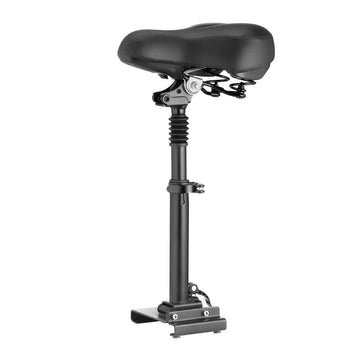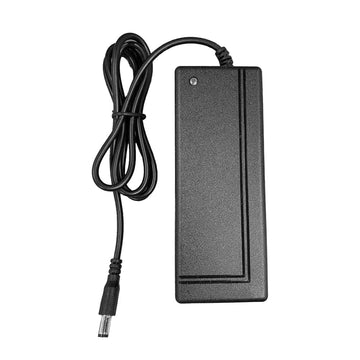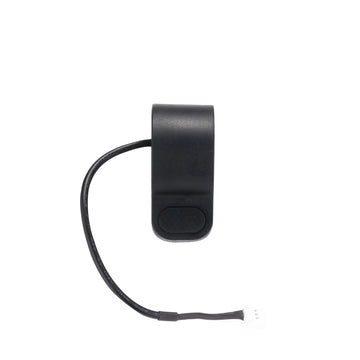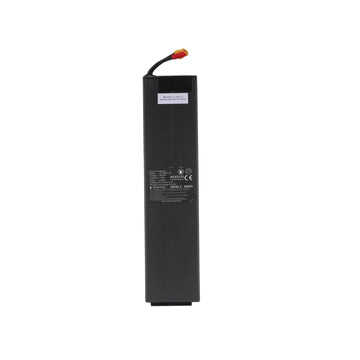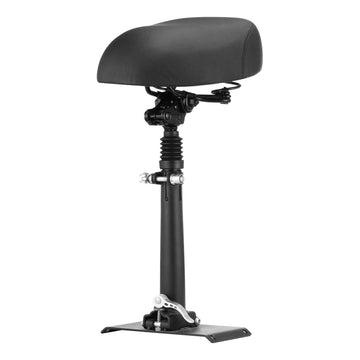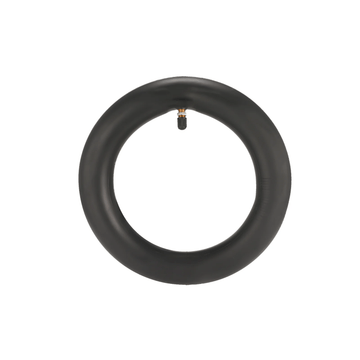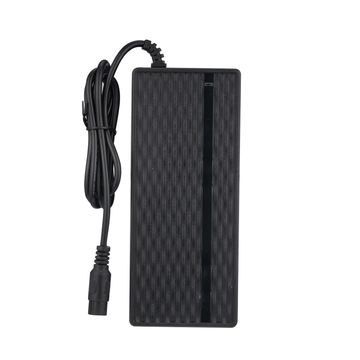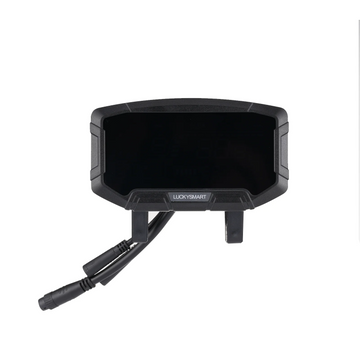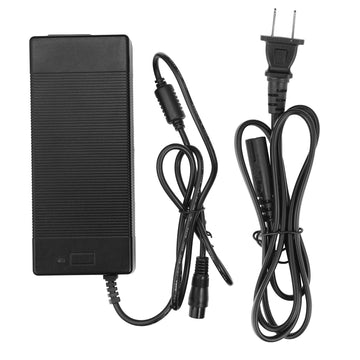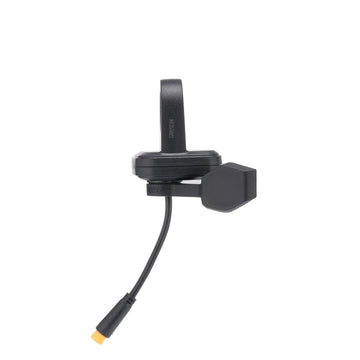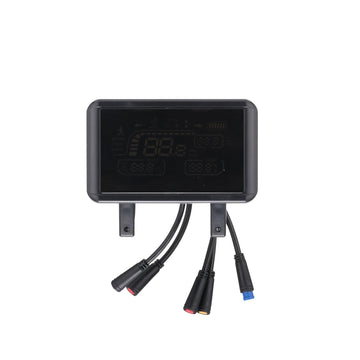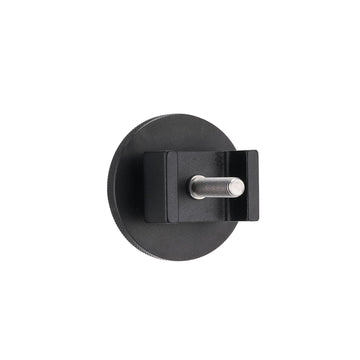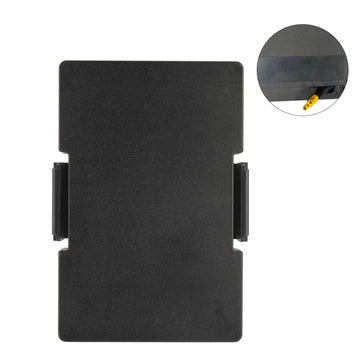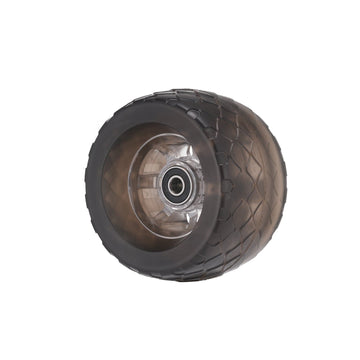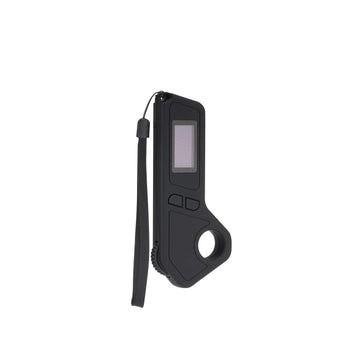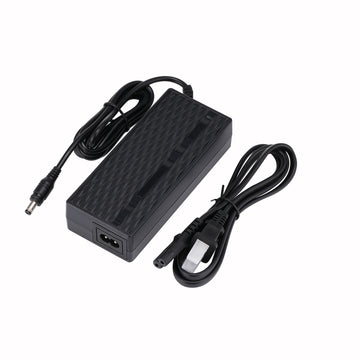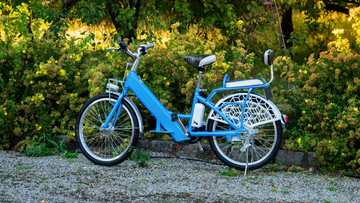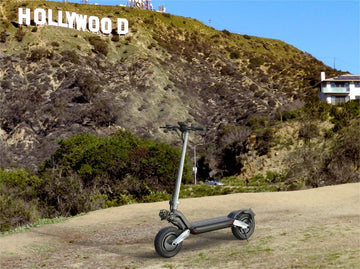
You won’t travel very far without tires on your scooter. The motor drives the power force of your scooter, but the wheels put it in motion. Like legs, they are the mechanics of movement, and you would be stranded without them.
Flat tires ruin the fun of traveling on an e-scooter. They hinder your riding experience, slow your speed, influence your steering, and affect the smoothness of your drive. Sometimes, they stop the fun altogether, preventing your scooter from moving at all. Avoid standstills and rough rides on your electric scooter with these tips and tricks on flat tire prevention.
Embrace efficiency and style with our sleek commuter electric scooters, engineered for the modern traveler seeking a seamless and eco-friendly journey to work or play.
Common Causes for Flat Tires
Punctures from sharp objects
The most frequent cause of a flat tire is a puncture caused by sharp objects such as nails, screws, and glass shards. These objects can easily penetrate the tire's rubber, causing it to lose air pressure and become flat.
Wear and Tear
Over time, the tires on a scooter can wear out, causing them to become thin and weak. This makes them more prone to punctures and other types of damage.
Improper Inflation
Maintaining the correct tire pressure is essential for ensuring the longevity of the tire. If the tires are underinflated or overinflated, they become more susceptible to damage and wear out more quickly, leading to a flat tire.
Impact Collisions
Scooter tires can also become flat due to impact damage, which occurs when the scooter hits a pothole or curb. This can cause the tire to deform or become punctured, leading to a flat tire.
Valve Stem Issues
The valve stem is the part of the tire that allows air to enter and exit. If the valve stem is damaged or broken, it can cause air leakage, resulting in a flat tire.
Weather Conditions
Extreme weather conditions such as heavy rain, snow, and extreme heat can also cause scooter tires to go flat. During hot weather, the tire can overheat, leading to a blowout. On the other hand, during cold weather, the tire rubber can become hard and brittle, making it more prone to damage.
Poor Road Conditions
Poor road conditions such as gravel, debris, and rough terrain can also cause scooter tires to go flat. When the tire comes into contact with sharp objects, it can become punctured or damaged, leading to a flat tire.
Lack of Tire Maintenance
Constant use of your electric scooters means more exposure to surrounding the elements—and what’s on the ground also often ends up on your tires. Over time, any residue from the roads builds up on the tires. This adds extra weight and debris to the tires, increasing your risk of getting a flat tire. Leaving your tires dirty and continuing to ride your scooter causes more wear and tear as the dirt, muck, and other objects rub between the tire and the ground.
Go the distance effortlessly with our long-range electric scooters, designed for the long haul and perfect for extended adventures or daily commutes.
Prevention Methods and Best Practices
Avoid flat tires with some prevention methods and practices that keep your tires intact for smooth rides and perfect wheel spins. It’s always better to be safe than sorry, so here are some prevention tips to implement the next time you want to take your e-scooter for a drive.
Install Tire Liners
Tire liners are dense plastic strips that go between the tire and the inner tube. A tire liner adds another layer to your tires, making them harder to puncture. In pneumatic tires with air tubes, liners create a shield that protects the air-filled tubes if any glass or sharp materials rupture through the tread, keeping your tire air pressure optimal.
Maintain Reasonable Air Pressure
One of the most effective prevention methods for flat tires is to regularly check the tire pressure. Overinflated or underinflated tires are more likely to get punctured or damaged, leading to flat tires. It is recommended to check tire pressure at least once a month or before each ride, and to keep the tires inflated to the recommended pressure level. The recommended pressure level can usually be found in the owner's manual or on the tire itself.
Stick To Paved Roads and Pathways
It is also essential to avoid riding over sharp or rough terrain that could cause damage to the tires. Avoiding debris on the road, such as rocks, glass, or nails, can also help prevent flat tires. It is important to be cautious when riding in areas where there may be a higher risk of debris on the road, such as construction zones or areas with heavy traffic.
Avoid Overloading
It is recommended to avoid overloading the scooter with excessive weight, as this can put extra strain on the tires and increase the risk of punctures or blowouts. Similarly, riding at a moderate speed can help reduce the risk of damage to the tires and other parts of the iSinwheel scooter.
Maintain the Scooter Regularly
It is crucial to maintain the scooter regularly. Regular maintenance can help identify and address any potential issues before they become bigger problems. This can include oil changes, brake checks, and other routine maintenance tasks. Maintaining the scooter's tire pressure and inspecting the tires regularly should also be part of the regular maintenance routine.
Use Durable Tires
Thanks to technological advancements, there are many different tire forms to explore. They vary in material, density, properties, functionality, and durability. When shopping for the best Isinwheel E-Scooter for you, look for one with high-quality, long-lasting, and durable tires. Some of the most popular and most reliable tire options to avoid flat tire incidents include the following:
- Solid Tires: Tires made and filled with multiple layers of rubber constructed around a metal frame. They feature high-density structures, making them durable and hard to puncture.
- Honeycomb Tires: The honeycomb tread structure gives the tires added layers. It also creates divets that allow the tire to roll over small objects without collision or abrasions. Any small debris fits in the honeycomb gaps, never really touching the main part of the tire.
- Thick Pneumatic Tires: The air filling in pneumatic tires provide better absorption properties, reducing shakiness and imbalance while riding over uneven terrain. Scooters with thick or extra-strengthened pneumatic tires give you a dense and durable tire with lots of buoyancy for smooth rides and fewer flats.
What To Do When You Get a Flat Tire
The first step when you notice a flat tire on your scooter is to find a safe place to pull over. Make sure to park your scooter away from traffic and on level ground to prevent any further damage. Once you have a safe location, turn off your scooter and engage the parking brake.
After you have parked your scooter, assess the situation. Check to see if the tire is punctured or if it has simply lost air pressure due to a leak. If it's a puncture, you may need to replace the tire or get it repaired. If it's just a leak, you may be able to temporarily fix the tire with a tire inflator or sealant.
If you have the necessary tools and experience, you may be able to change the tire yourself. However, if you're not comfortable doing this or if you don't have the tools,you can contact us and we will assist with you.
You can also contact a local mechanic or scooter repair shop to have them come to your location and fix the tire for you. If you don't have a preferred mechanic or repair shop, you can search online for a reputable one in your area.
If you're unable to get the tire repaired or replaced immediately, it's important to not drive on a flat or underinflated tire for an extended period of time. Doing so can cause further damage to your scooter and put your safety at risk.
























